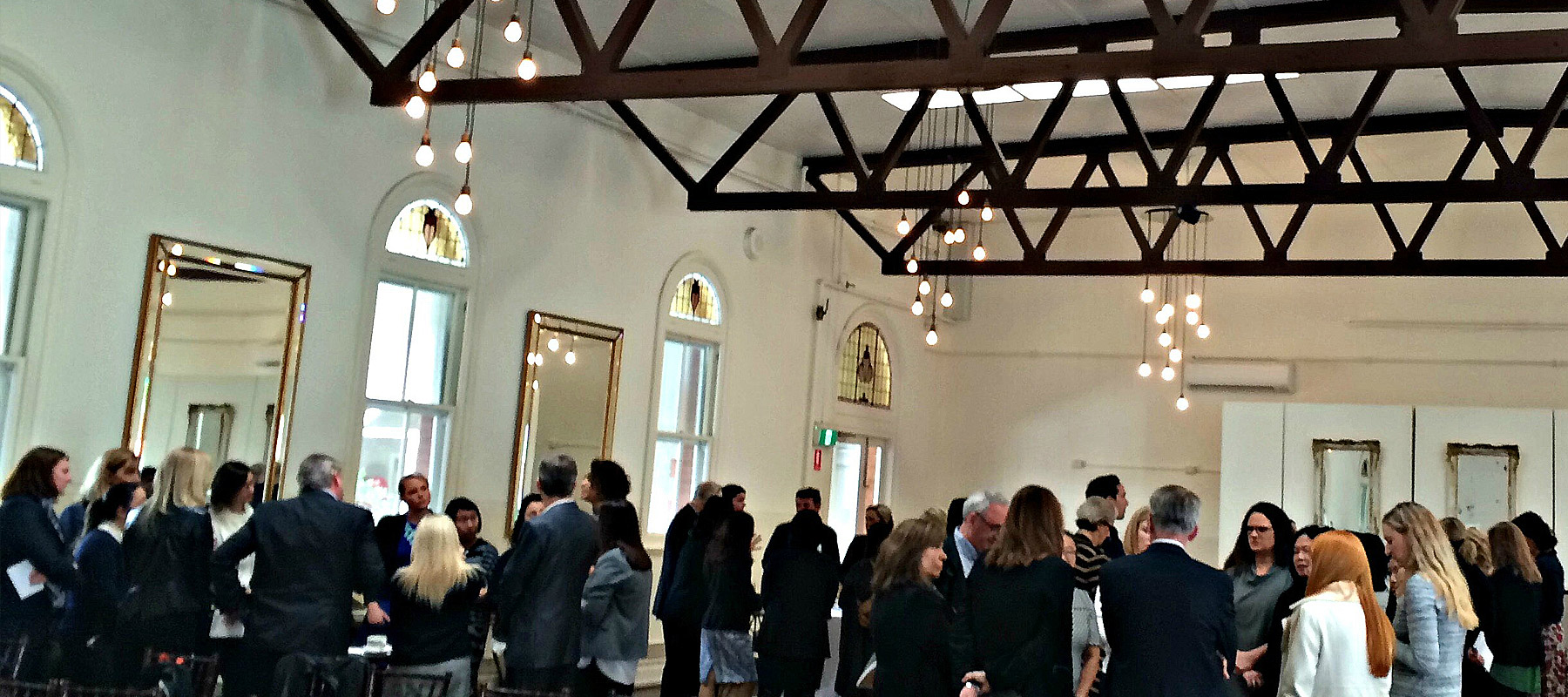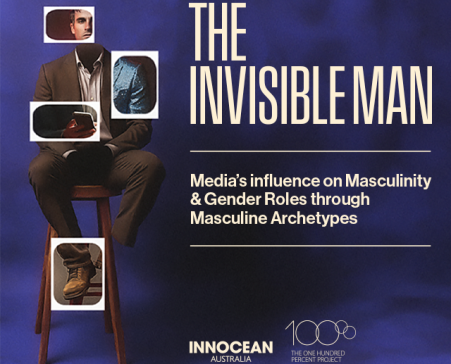Diversity of Thought Blog
How to make diversity happen: On attending #HeSaidSheSaid16

Recognising diversity as a problem
If you’ve landed on this article, then there is a good chance that you’re interested in improving diversity and representation at your organisation. You might feel passionately about the cause, recognise the benefits, and are raring to see more people like you up the ranks. Yet, we’re still finding that the upper echelons of the professional world are still heavily skewed; the C-suites make up of mainly men.
To get us a step closer to resolving this problem, the management consultants over at Dattner Grant hosted #hesaidshesaid16 in Melbourne on 19 October 2016, an event that helped to challenge the traditional ideas of a leader through the format of an interactive workshop. Attendees learned from the experiences of experts, and were prompted to actively challenge our biases throughout the session.
Making diversity happen
The panel of 7 ranged from various industries, including law, human resources, marketing, and manufacturing. While there were more women than men in attendance, it was a better ratio than some of the other events advocating equality that I’ve attended. Participants were invited to bring a younger person to raise the ratio. It certainly was an event that walked the talk.
Clearly keen on practical outcomes, Fabian Dattner – one of the founders of Dattner Grant – gave consistent reminders across the course to focus on the actionable, and to check our biases. This was particularly handy for me, an individual contributor who is knees-deep in diversity but works in an environment that’s 90% male: it would be far less effective for me if the talk had been purely on quotas, which we’ve heard plenty about.
The doggie bag of to-do’s
Hardly a definitive list of all the actionable items that were raised in the session, some of the small steps that you could look at making include:
- Track other measures: Flexible working is disruptive to the traditional idea of a good employee – long hours in the office are no more! But with any well-established notion, absence from the office may impact key performance indicators that are deep-rooted in these ideas. Start tracking other measures, such as your average best to close deals, to bring into your next meeting to prove that flexible hours are a workable way of the future.
-
- Take responsibility for the cause: In a frank summary of the point, we can’t blame men for being men. But the higher up the ranks we go, we build our networks and might be in a better position to teach and mentor younger cohorts. Exercise the opportunity to teach younger men how to work with women and challenge what is currently acceptable behaviour, such as the assumption that women are aggressive when they are assertive.
-
- Mind your language: When speaking in a group of men, be firm, and be clear on what you’re trying to say to get your message across – this was the advice from Steven Leighton, Executive General Manager at the Dulux Group, in response to the question of whether women need to change the way we communicate. And while this was packaged to address a gendered issue, I think it makes good business sense to just have a purpose when speaking.
-
- Support women: I enjoyed the honesty of the forum, and was comforted by the fact that a lot of women struggle with the confidence to progress at work in the same way that I do. We discussed the statistic that women only apply for a job when they are 100% sure, while men will go for it at 60%. To tear this apart, start by encouraging a woman in your workplace to take up a challenge that you think they might be capable of. A small step like this one can help break down years of conditioning.
- Call it: Have you ever found yourself in a situation where you recognised sexism but wasn’t sure how to respond tactfully yet effectively? Well, fret not, because the room responded with resounding support when an attendee posed the question to panelist Jennifer White, HR Director at Avnet Technology Solutions. Her response? Inject some humour and address it. The mixed panel agreed this would be uncomfortable, but best to call it out especially if the sexism transpired unconsciously.
Try it out
At the end of the workshop, the panelists were asked about their wishes following the event. In my opinion, the most powerful response came from Jennifer, who advised that we’re all capable of doing something with the gender imbalance, independent of how far along the corporate ladder we are. I went into the session struggling with the concept of wanting to advocate for equality while juggling my relationships in a male-dominant workplace – these takeaways gave me a good starting point which I’ve started to implement from day dot, and I hope the list will help you too.
Written by: Aniya Roslan @ The 100% Project

